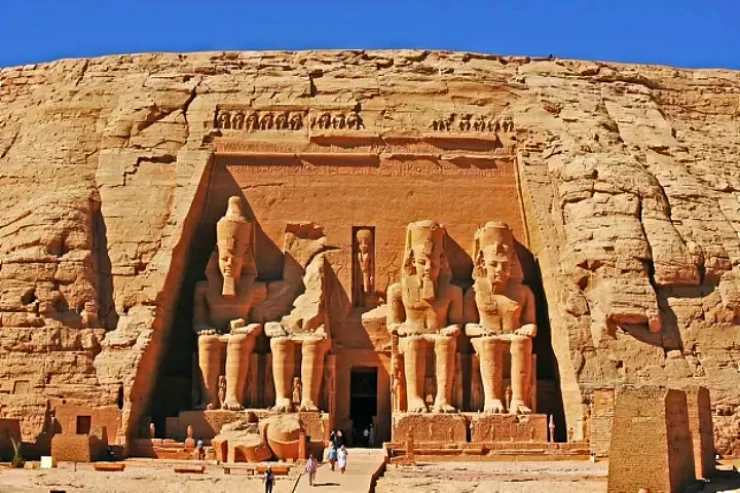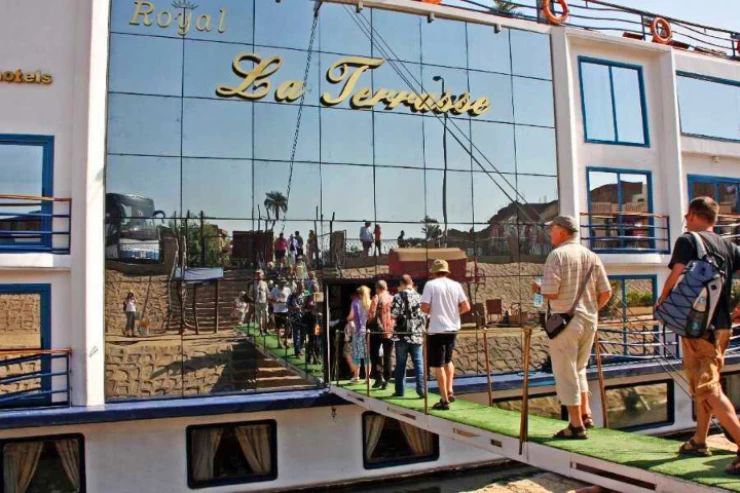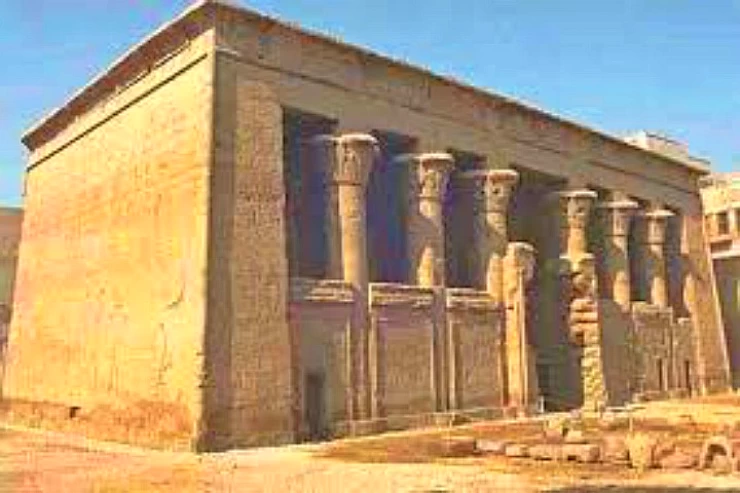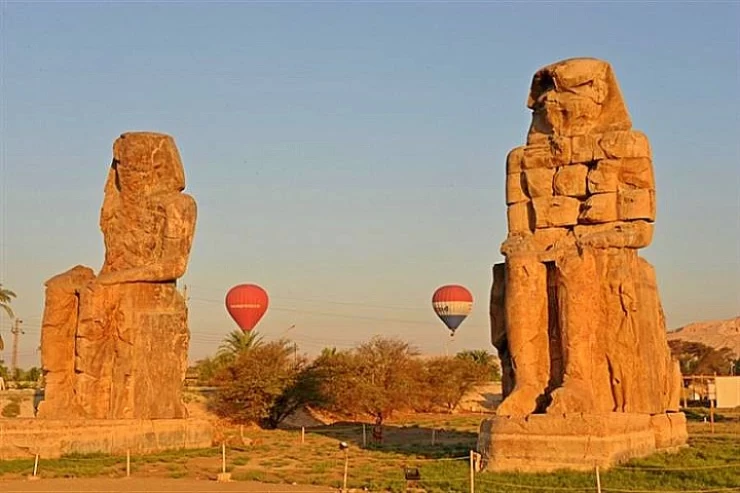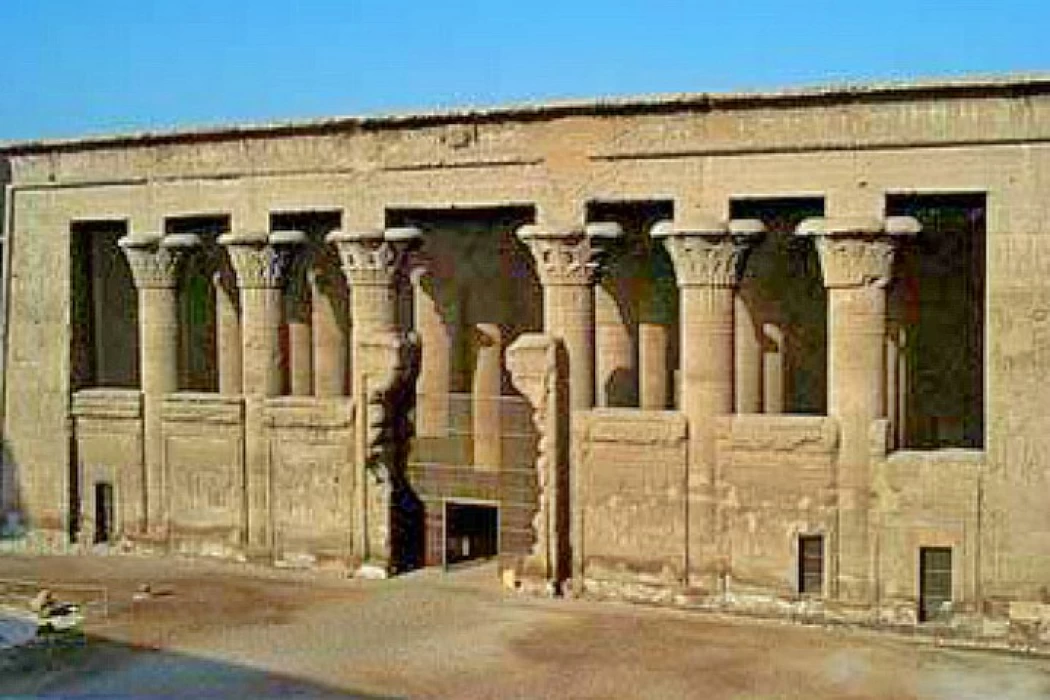
Temple of Khnum at Esna
Facts about Temple of Khnum at Esna
Esna is one of the capital of ancient Egyptian temples. Esna was one of the most respectable cities of ancient Egyptian civilization. The Worshiping had succeeded in them, during Roman and Ptolemaic periods, their influence can be strongly noted in the temples around this area including, the Temple of Esna or the Temple of Khnum.
What is the position of the Temple of Esna ? Situated about 485 miles to the south of the present day Cairo, it is located to the west of the Nile river on its banks of the city of Esna. In ancient Egyptian times, it was on the land of senat, later known by the Greeks as Latopolis. ‘Esna, the city of fish’ (that is where the perch fish was worshiped), has the temple of Esna.
When was the Esna Temple constructed ? Temple of Esna was dedicated to the ram-headed god Khnum creator God. The work on the Temple of Esna started during the reign of king Thutmose III in the 18th dynasty but was finished in the later periods of Ptolemaic and Roman model between years 70Ad-250ad. The temple of esnallah is named after important figures associated with the building, khnum, creation.
The remains of the Esna temple contain a columned hall with 24 pillars beautifully decorated with lotus floral capitals and palm capitals. The walls are covered with 4 rows of reliefs, showing Ptolemaic and Roman emperors dressed in pharaoh costumes, offering sacrifices to the god Khnum. There are rooms on both sides of the temple entrance that were used by the priests and temple guards as storehouses.
Flanking the entrance to each room, you will notice the Emperor Trajan, carried in a litter by six priests, with jackal and falcon masks of the gods. The most interesting inscriptions in this temple are those you will find on the roof, decorated with astronomical representations. On the left side of the temple's entrance door, you can see the sky goddess Nut, the Dog Star, Orion's Belt, and Alpha Draconis (or the Dragon Star).
On the west wall of the Temple façade, one can see the god Horus, god of victory, and the god Khnum, pulling a net full of fish from the Nile, as well as reliefs of birds. Significantly at the foot of this representation are the last known hieroglyphic inscriptions ever recorded, completed by the Roman emperor Dios in 250 AD.
The Importance of Rituals in the Ancient Temples of Esna
When you enter the Temple of Esna, it is easy to see their attention to detail when building this temple. The ancient Egyptians who entered the Temple of Esna adhered to stringent regulations about ceremonial purity since it was revered as a hallowed site of devotion.The inscriptions carved on the walls of the temple imply the strict rules that must be followed to enter the temple, such as cutting fingernails and toenails, washing hands with a natural salt called natron, wearing linen, and not having sexual intercourse for several days.
Latest Articles
Admin
Aswan Governerate in Egypt
Aswan was known as ‘Sonu’ in ancient Egyptian times, meaning market, as it was a trading centre for caravans coming to and from Nubia. In the Ptolemaic era, it was called ‘Sin’ and the Nubians called it ‘Yaba Swan’. It was also known as the Land of Gold because it served as a great treasure or tomb for the kings of Nubia who lived there for thousands of years. Before the migration, Aswan's borders extended from Asna in the east to the border of Sudan in the south, and its inhabitants were Nubians, but after the Islamic conquest of Nubia, some Arab tribes settled there.
Admin
About Luxor Governorate in Egypt
The South Upper Egyptian area is home to the Egyptian governorate of Luxor. Its capital is Luxor, which was formerly Thebes, the capital of Egypt throughout multiple pharaonic eras. Its centers and cities are spread over both sides of the Nile River. The said governorate was established by Presidential Decree No. 378 of 2009, which was promulgated on the 9th of December of that year.
Admin
History of kafr El Sheikh Governorate
Kafr El Sheikh Governorate, located in the far north of Egypt in the Nile Delta, overlooking the Mediterranean Sea, is characterised by the diversity of natural life and environments, and is one of the Egyptian cities that can be visited after the end of the first semester exams at universities and schools, as it features many diverse tourist and recreational places at symbolic prices within everyone's reach.
Admin
Egypt's New Administrative Capital
The New Administrative Capital is considered the project of the era because it reflects a perfect image of the future and progress on the economic, cultural, social and civilisational level, as the capital is considered the new capital of Egypt at the present time. The importance of the New Capital is that it is a comprehensive transformation of the future of buildings, services and national and mega projects in Egypt.
Admin
Al Gharbia Governorate
The Governorate of Gharbia is inclusive in the geographical area of The Arab Republic of Egypt which is in the African continent, more specifically in the region surrounding the Nile delta, between Damietta and Rashid governance. To the control of the region from the north is Kafr El-Sheikh Governorate, from the south Menoufia Governorate, from the east – Dakahlia, Qalyubia Governorates, and to the west is the Beheira Governorate.
Admin
Hamata Islands (Qulaan Archipelago) in Marsa Alam
Each reserve has several sectors. In Wadi El Gemal Reserve, there is one of the natural areas called the Hamata area or Hamata sector in Wadi El Gemal Reserve. Its sectors are the perfect and most ecological, land and water, and host countless animals and plants found in the oceans and on the land.






